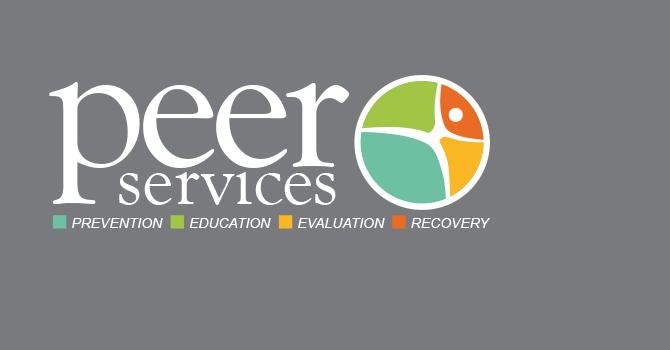What is Meth?
Methamphetamine, also known as Meth, is a highly addictive synthetic stimulant that affects the central nervous system. It causes the brain to release a sudden intense surge of dopamine, which then creates a high that can last anywhere from 6 to 18 hours. Meth comes in two forms: rock and powder. While in rare cases Meth can even be prescribed by a physician, its medical uses are considered non-existent. Popular street names for Meth are known as Crystal Meth or just Meth. Other street names include Crystal, Crank, Chalk, Speed, Glass, Ice and Tina.
The main ingredient in Meth is Ephedrine or Pseudoephedrine. Both of these chemicals can be found in cold, cough and allergy medications that are legally sold over-the-counter. The Ephedrine or Pseudoephedrine are then isolated from the medicines using other everyday household chemicals like lye or ammonia and then “cooked,” that is, processed into a consumable form. During “cooking,” the solution must be heated to high temperatures, which can produce dangerous toxic fumes.
Why is Meth Addictive?
Meth is so addictive because it releases a surge of dopamine into the body which causes users to experience a prolonged sense of euphoria, along with increased confidence, energy and focus. After the first couple times, Meth users require more and more of the drug in order to achieve the same desired effects. This is because repeated use depletes the brain’s natural stores of dopamine while damaging the brain’s dopamine receptors.
The Dangers of Meth Addiction
Since Meth causes changes in brain chemistry, Meth addicts can develop violent and obsessive behavior. Hallucinations accompanied by feelings of impending doom are not uncommon in users. Long term abuse can also cause psychotic behavior, including paranoia, anxiety and aggression. Even very small amounts of Meth can cause severe physical side effects, including hyperthermia, increased heart rate and increased blood pressure. Long term abuse of Meth can cause serious physical consequences, including tooth loss (known as “Meth Mouth”), stroke, blood vessel damage, liver damage, convulsions, and even death.
Prevalence of Addiction to Meth
More than 9 million people in the United States have tried Meth, and the number is steadily climbing. Though this drug has historically been associated with white males in rural areas, there is now a widespread diversity among users.
Sadly Meth addiction has become an epidemic in the United States. If you are ready to get help for yourself or for a family member or friend, the first step is to learn about Meth Rehab and treatment and addiction services that they offer.
Participating in a Meth Rehab program is perhaps one of the most important steps toward recovery you’re ever going to make. However, simply participating in Meth Rehab will not simply cure the addiction. Treatment should also include counseling, therapy, life-training skills and education about preventing a relapse in the future.


